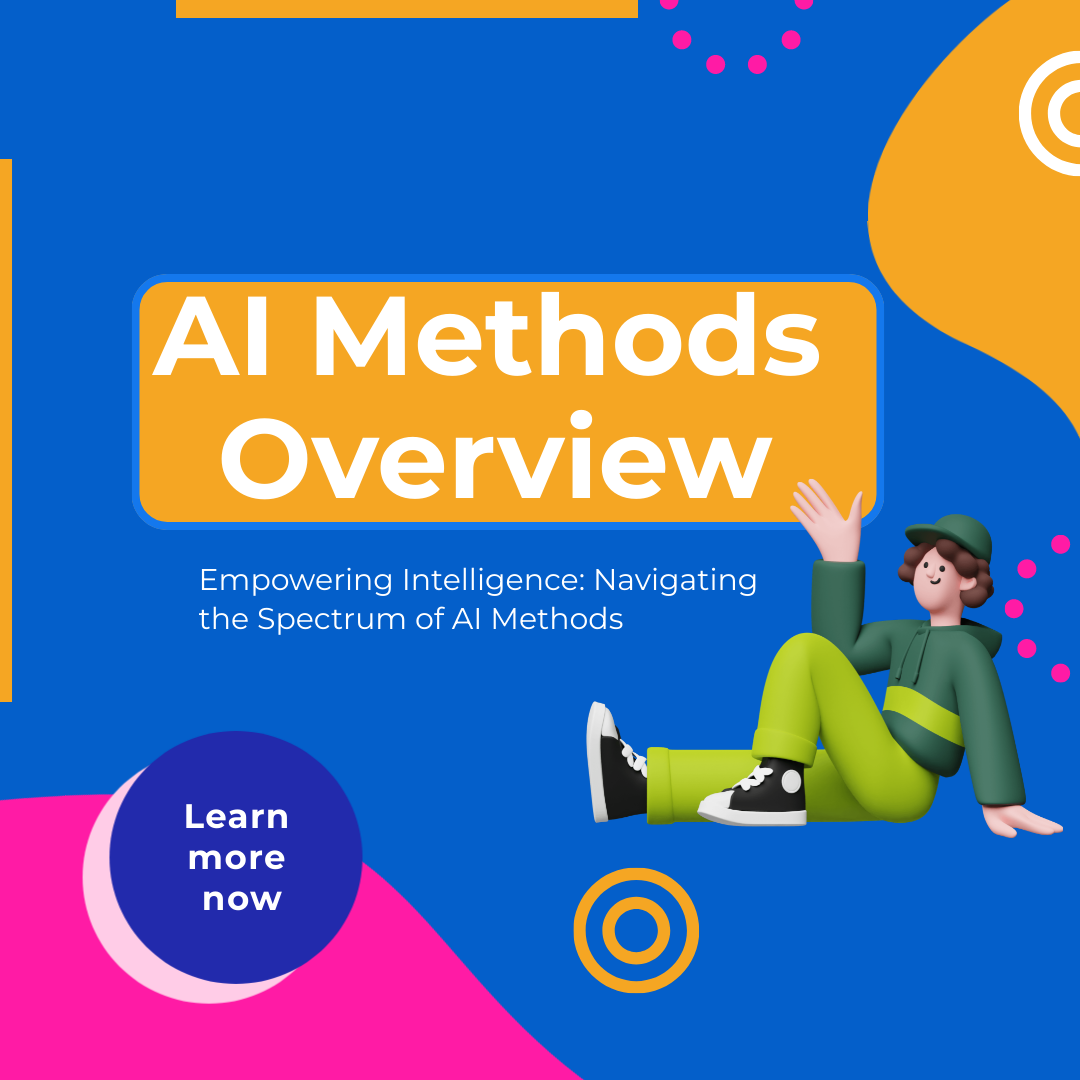AI Methods Overview:
The top section introduces Artificial Intelligence (AI), emphasizing its goal to create intelligent systems that mimic human cognitive abilities, including learning, problem-solving, and decision-making. The author, B.S Dubey, is credited with the content.
AI Methods Breakdown
- Machine Learning
- Description: Machine learning algorithms enable systems to learn from data without explicit programming, improving performance over time.
- Applications: These methods are widely used for tasks that require prediction and pattern recognition.
- Deep Learning
- Description: Deep learning employs artificial neural networks with multiple layers to extract complex patterns from data, enabling sophisticated tasks.
- Applications: Commonly used in areas like image and speech recognition, and natural language processing.
- Natural Language Processing (NLP)
- Description: NLP enables computers to understand and process human language, facilitating tasks like text analysis, translation, and chatbot interaction.
- Applications: It powers search engines, translation services, and conversational agents.
- Computer Vision
- Description: Computer vision methods allow machines to interpret and analyze images and videos, enabling applications like facial recognition and object detection.
- Applications: Used in surveillance, medical imaging, and autonomous vehicles.
- Reinforcement Learning
- Description: Reinforcement learning involves training agents to learn through trial and error, receiving rewards for desired actions and penalties for undesirable ones.
- Applications: Utilized in robotics, gaming, and autonomous systems.
- Expert Systems
- Description: Expert systems capture human expertise in a specific domain, providing knowledge-based solutions to complex problems.
- Applications: Deployed in diagnostics, decision support, and advisory systems.
- Fuzzy Logic
- Description: Fuzzy logic handles uncertainty and vagueness in data, enabling systems to reason with imprecise information, like human language.
- Applications: Applied in control systems, pattern recognition, and decision-making.
- Genetic Algorithms
- Description: Genetic algorithms use principles of evolution to find optimal solutions for complex problems by mimicking natural selection.
- Applications: Effective in optimization problems, scheduling, and design.
- Neural Networks
- Description: Neural networks are computational models inspired by the structure and function of the human brain, used in various AI tasks like image recognition and machine translation.
- Applications: Found in applications requiring pattern recognition and learning.
- Bayesian Networks
- Description: Bayesian networks represent probabilistic relationships between variables, enabling reasoning under uncertainty and making predictions based on available data.
- Applications: Used in risk analysis, diagnostics, and decision support.
Summary
The image concludes by summarizing that AI methods encompass a wide range of techniques for developing intelligent systems, each with its strengths and limitations. These methods offer diverse solutions for various applications, illustrating the versatility and depth of AI technologies.
This comprehensive overview covers fundamental AI methodologies, providing a snapshot of how they work and where they’re commonly applied.


